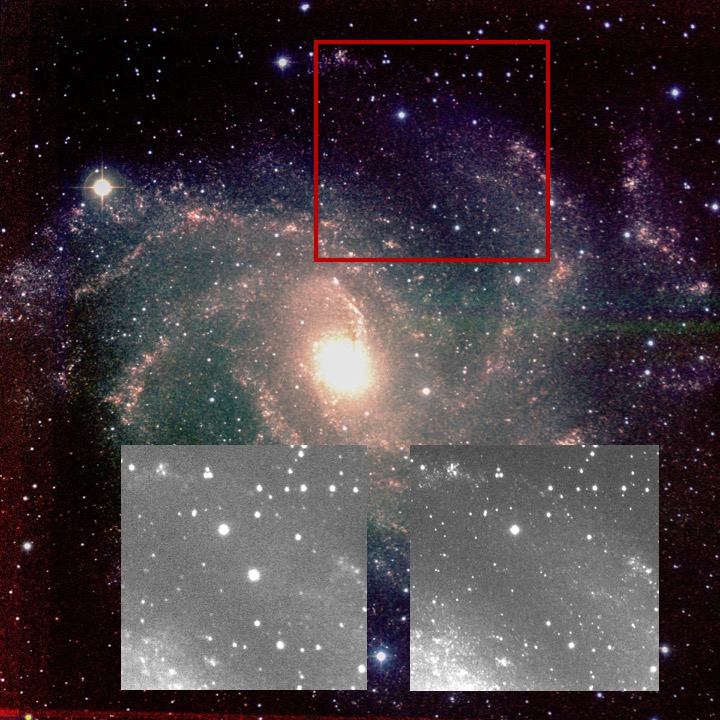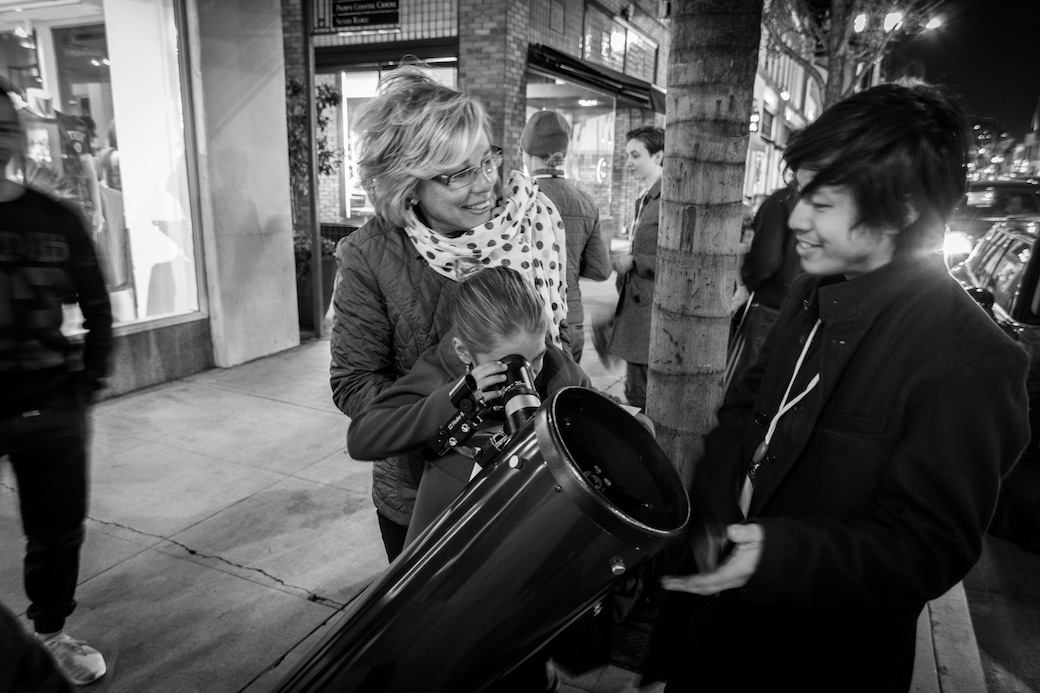Supernova Polarization in the Infrared
Spectropolarimetry has revealed asymmetry in the supernova ejecta, but where is this asymmetry? Theoretical simulations show that the explosion mechanism of core-collapse supernovae is highly asymmetric, affecting the center part of the ejecta. While optical polarization likely arises from electron scattering in the center of the ejecta, it could also be from dust scattering in the circumstellar medium. Infrared observations can break this degeneracy since dust scattering is less effective at these wavelengths. I conducted a survey of brightest supernovae with WIRC+Pol to produce the first catalog of supernova polarization in the near-infrared and detected polarization from a peculiar Type II SN 2018hna. Read the paper here.



